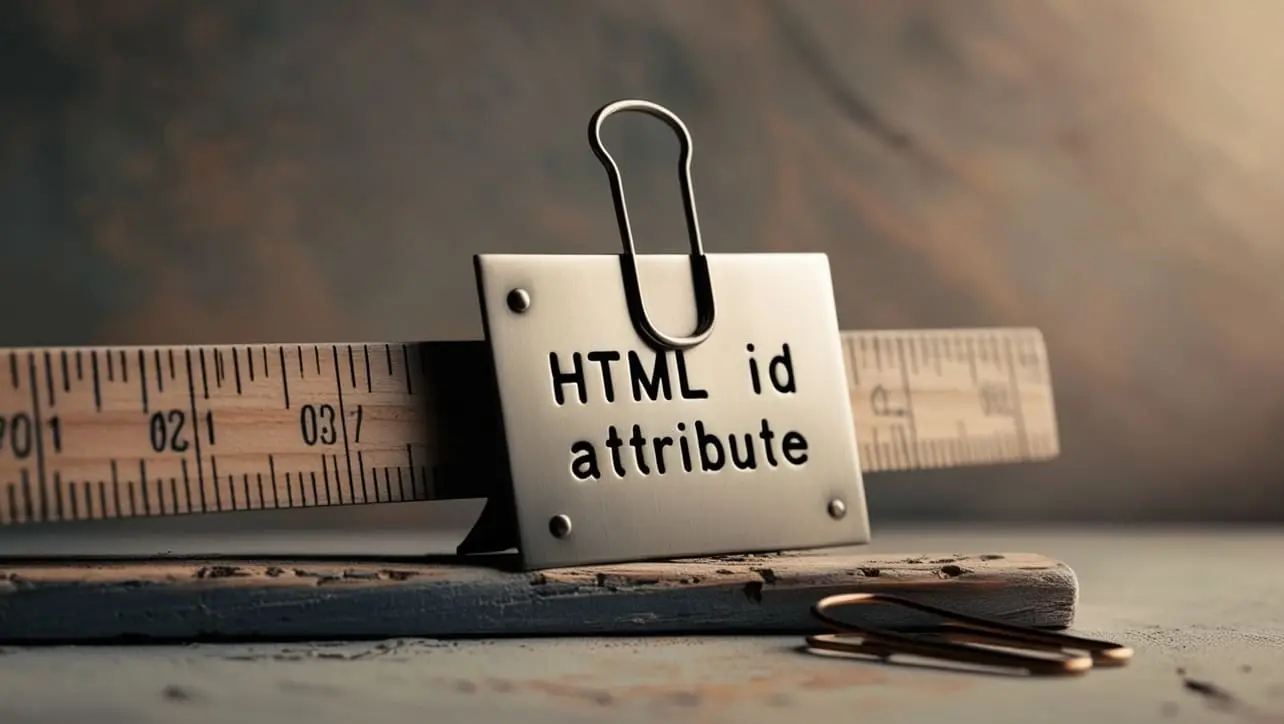
HTML Topics
- HTML Intro
- HTML Basic
- HTML Editors
- HTML CSS
- HTML Tags
- HTML Deprecated Tags
- HTML Events
- HTML Event Attributes
- HTML Global Attributes
- HTML Attributes
- abbr
- accept
- accept-charset
- accesskey
- action
- align
- alt
- archive
- as
- async
- autocapitalize
- autocomplete
- autofocus
- autoplay
- axis
- bgcolor
- border
- cellpadding
- cellspacing
- char
- charoff
- charset
- checked
- cite
- class
- classid
- codebase
- codetype
- color
- cols
- colspan
- compact
- content
- contenteditable
- controls
- coords
- crossorigin
- data
- data-*
- datetime
- declare
- default
- defer
- dir
- dirname
- disabled
- download
- draggable
- enctype
- enterkeyhint
- for
- form
- formaction
- formenctype
- formmethod
- formnovalidate
- formtarget
- frame
- frameborder
- frameset
- headers
- height
- hidden
- high
- href
- hreflang
- hspace
- http-equiv
- id
- inert
- inputmode
- ismap
- kind
- label
- lang
- list
- loop
- low
- max
- maxlength
- media
- method
- min
- multiple
- muted
- name
- novalidate
- onabort
- onafterprint
- onbeforeprint
- onbeforeunload
- onblur
- oncanplay
- oncanplaythrough
- onchange
- onclick
- oncontextmenu
- oncopy
- oncuechange
- oncut
- ondblclick
- ondrag
- ondragend
- ondragenter
- ondragleave
- ondragover
- ondragstart
- ondrop
- ondurationchange
- onemptied
- onended
- onerror
- onfocus
- onhashchange
- oninput
- oninvalid
- onkeydown
- onkeypress
- onkeyup
- onload
- onloadeddata
- onloadedmetadata
- onloadstart
- onmousedown
- onmousemove
- onmouseout
- onmouseover
- onmouseup
- onmousewheel
- onoffline
- ononline
- onpagehide
- onpageshow
- onpaste
- onpause
- onplay
- onplaying
- onpopstate
- onprogress
- onratechange
- onreset
- onresize
- onscroll
- onsearch
- onseeked
- onseeking
- onselect
- onstalled
- onstorage
- onsubmit
- onsuspend
- ontimeupdate
- ontoggle
- onunload
- onvolumechange
- onwaiting
- onwheel
- open
- optimum
- pattern
- placeholder
- popover
- popovertarget
- popovertargetaction
- poster
- preload
- readonly
- rel
- required
- reversed
- rows
- rowspan
- sandbox
- scope
- selected
- shape
- size
- sizes
- span
- spellcheck
- src
- srcdoc
- srclang
- srcset
- start
- step
- style
- tabindex
- target
- title
- translate
- type
- usemap
- value
- width
- wrap
- HTML Comments
- HTML Entity
- HTML Head
- HTML Form
- HTML IndexedDB
- HTML Drag & Drop
- HTML Geolocation
- HTML Canvas
- HTML Status Code
- HTML Language Code
- HTML Country Code
- HTML Charset
- MIME Types
HTML id Attribute

Photo Credit to CodeToFun
🙋 Introduction
In HTML, the id attribute is a fundamental feature that allows developers to uniquely identify an element within a document.
Each element can have a distinct id attribute, providing a way to reference and style that specific element.
🎯 Purpose of id
The primary purpose of the id attribute is to serve as a unique identifier for an HTML element.
This identifier is crucial for various purposes, including JavaScript interactions, CSS styling, and creating hyperlinks to specific sections within a page.
💎 Values
The id attribute accepts a string as its value, and it must be unique within the entire HTML document. Some important considerations for id values include:
- Uniqueness: Ensure that each id value is unique within the document. Using the same id for multiple elements can lead to unexpected behavior.
- Naming Conventions: While HTML doesn't impose specific naming conventions for id values, it's a good practice to use descriptive and meaningful names to enhance code readability.
📄 Example
Let's look at a simple example of how to use the id attribute in HTML:
<div id="header">
<h1>Welcome to My Website</h1>
</div>
<p id="mainContent">
This is the main content of the page.
</p>
<a href="#footer" id="footerLink">Jump to Footer</a>
<div id="footer">
© 2024 My Website. All rights reserved.
</div>🧠 How it Works
In this example, the id attribute is applied to the <div> elements with values "header," "mainContent," and "footer." Additionally, an anchor link uses the id attribute to create a hyperlink to the "footer" section.
🔄 Dynamic Values with JavaScript
You can also dynamically set the id attribute using JavaScript.
This can be useful when you want to modify or assign id values based on user interactions or other dynamic conditions. Here's a brief example:
<script>
// Dynamically set id for an element
function setDynamicId() {
document.getElementById("dynamicElement").id = "newDynamicId";
}
</script>🧠 How it Works
In this script, the setDynamicId function dynamically changes the id of an element with the id "dynamicElement" to "newDynamicId."
🏆 Best Practices
- Use the
idattribute judiciously, ensuring that each id is unique within the document. - Avoid using generic or non-descriptive id values. Opt for meaningful names that reflect the purpose or content of the associated element.
- Leverage the
idattribute for creating anchor links within the same page or for scripting purposes in JavaScript.
🎉 Conclusion
The id attribute is a crucial aspect of HTML for uniquely identifying and referencing elements within a document.
By following best practices and using id values effectively, you can enhance the structure, styling, and interactivity of your web pages.
👨💻 Join our Community:
Author

For over eight years, I worked as a full-stack web developer. Now, I have chosen my profession as a full-time blogger at codetofun.com.
Buy me a coffee to make codetofun.com free for everyone.
Buy me a Coffee












If you have any doubts regarding this article (HTML id Attribute), please comment here. I will help you immediately.